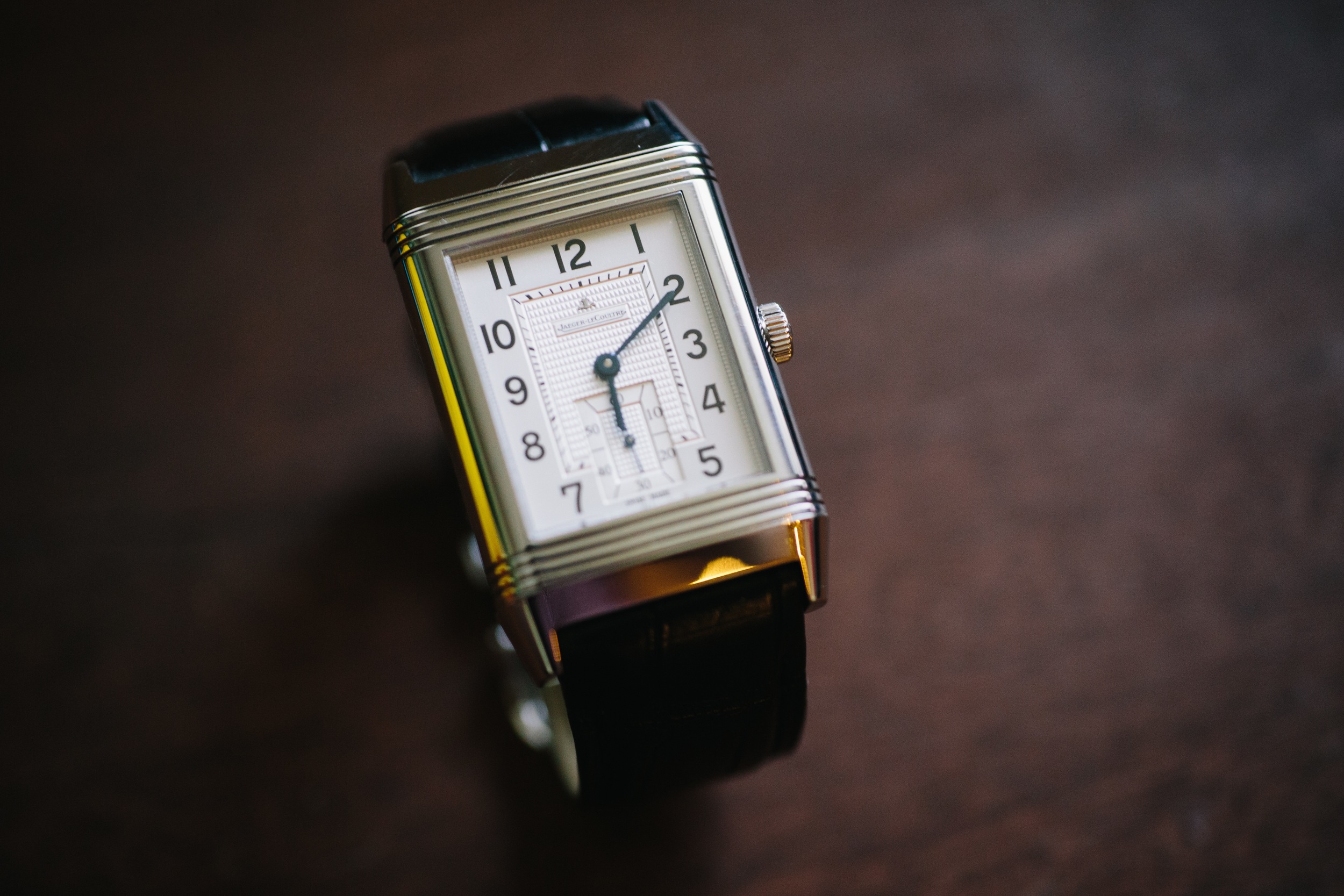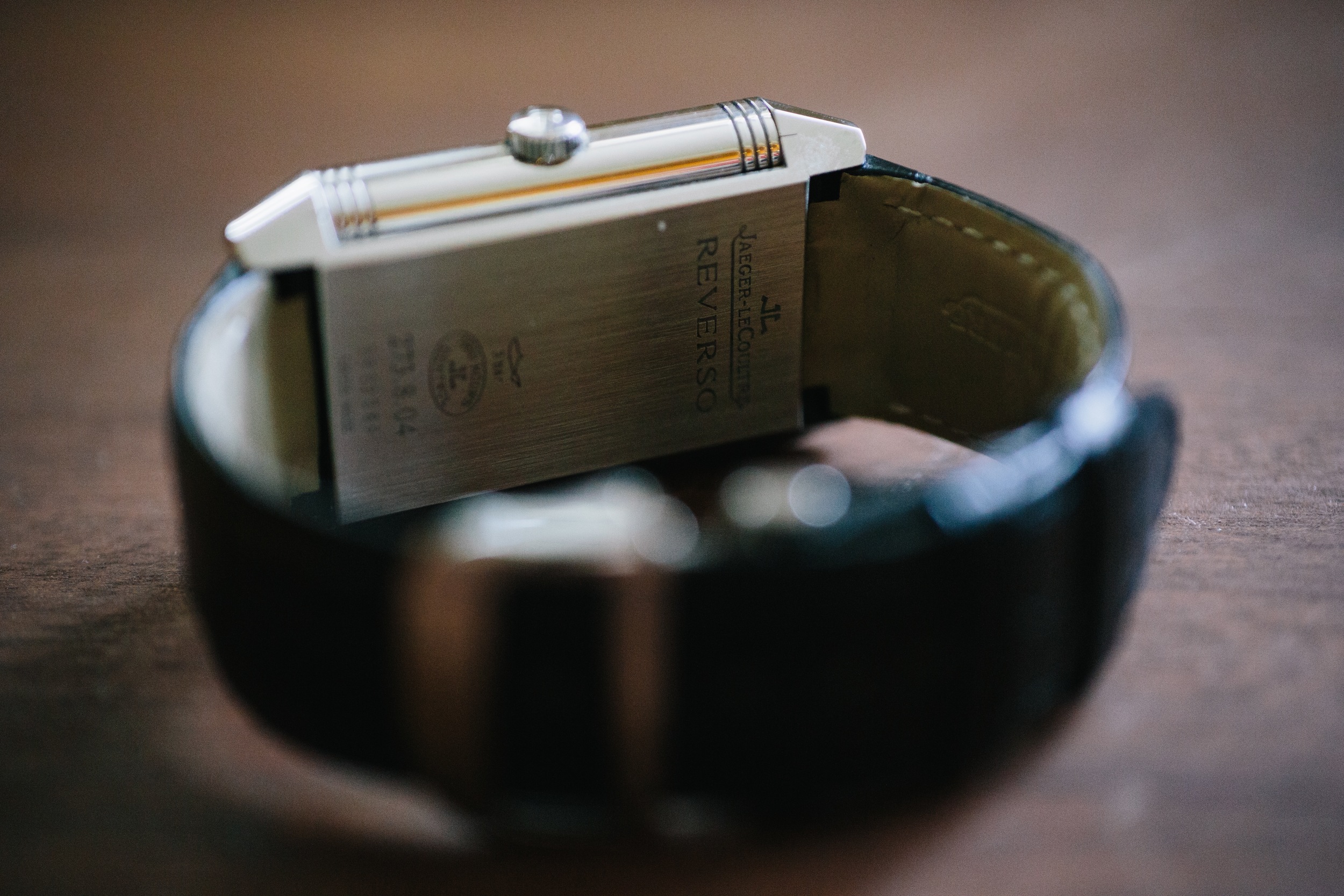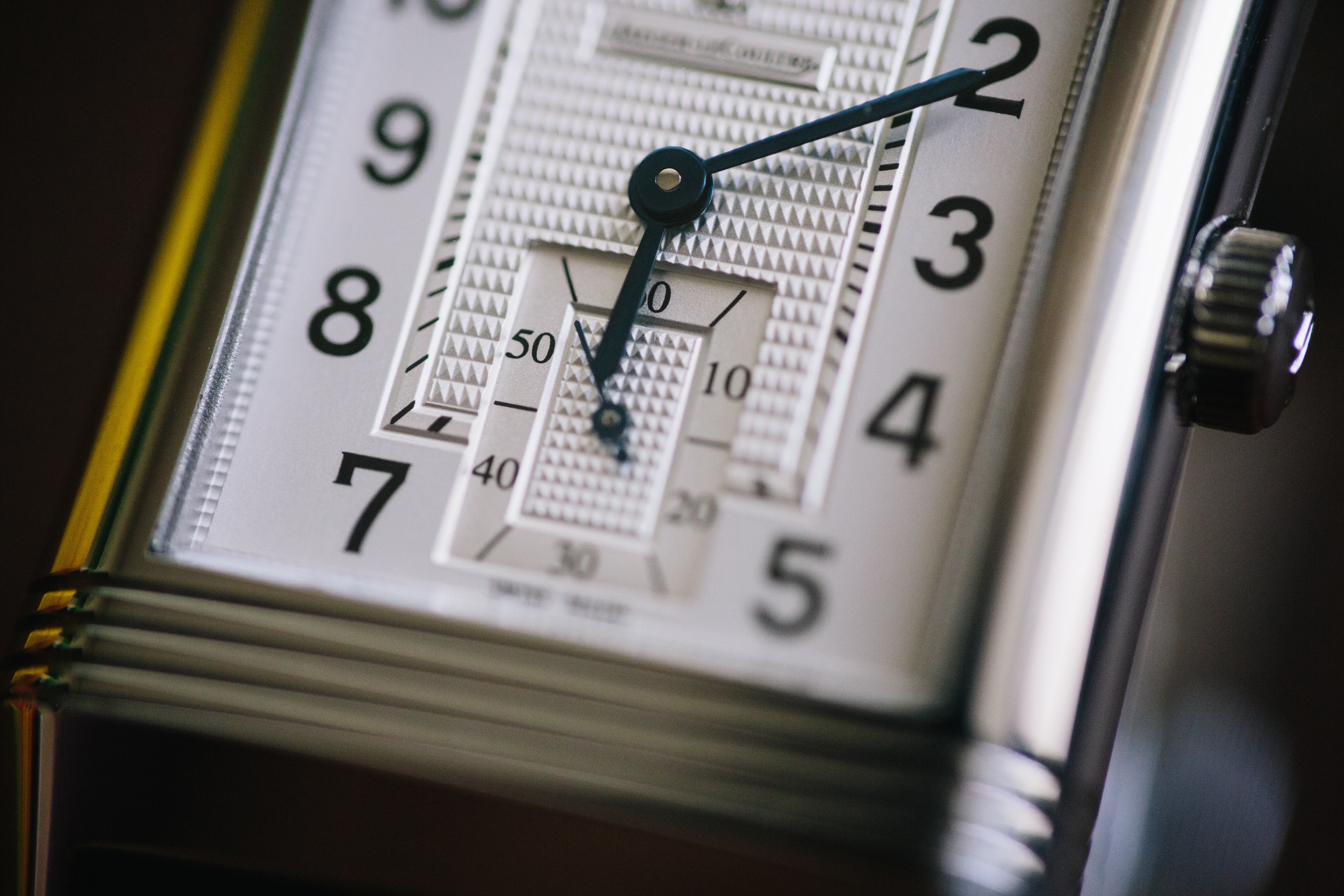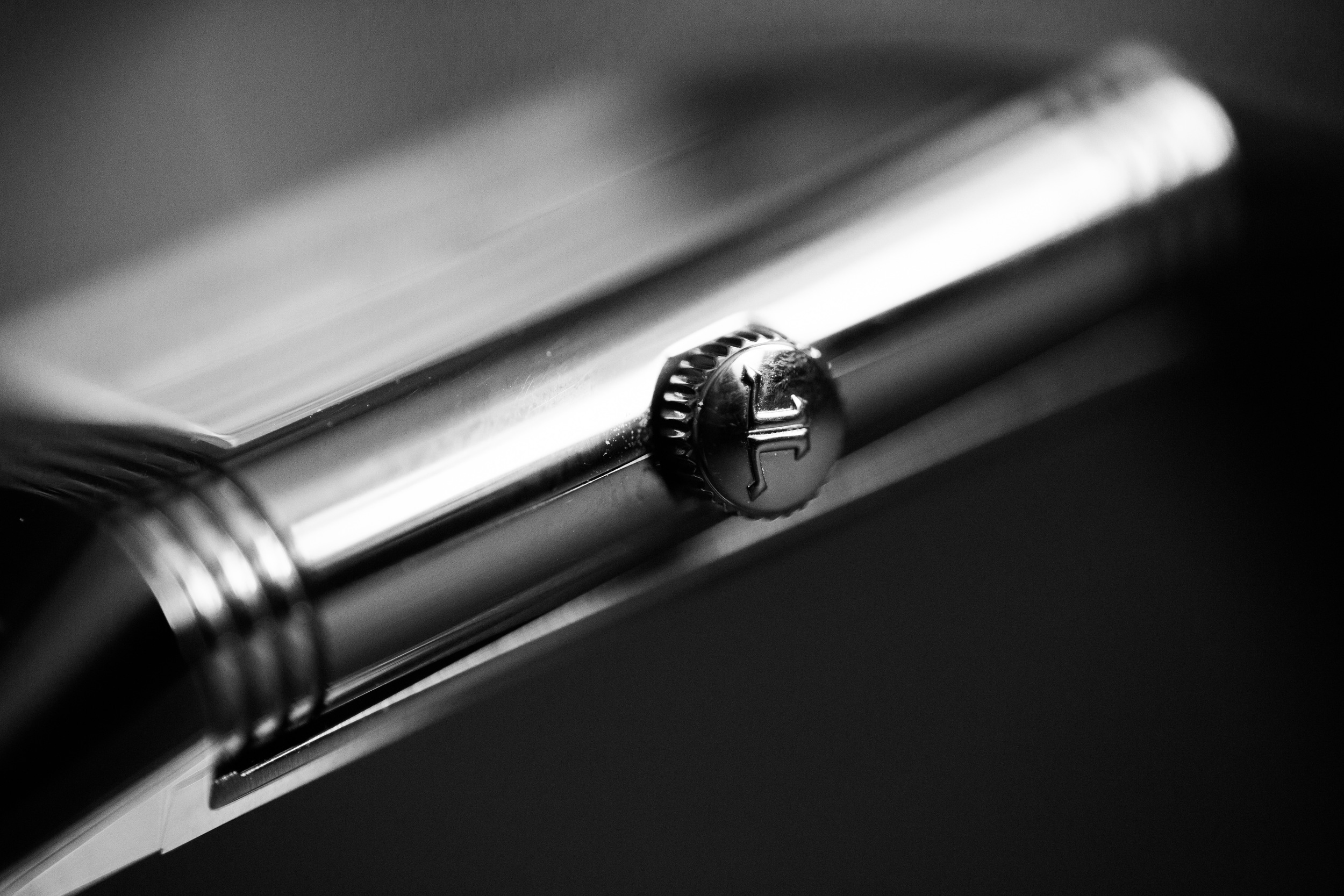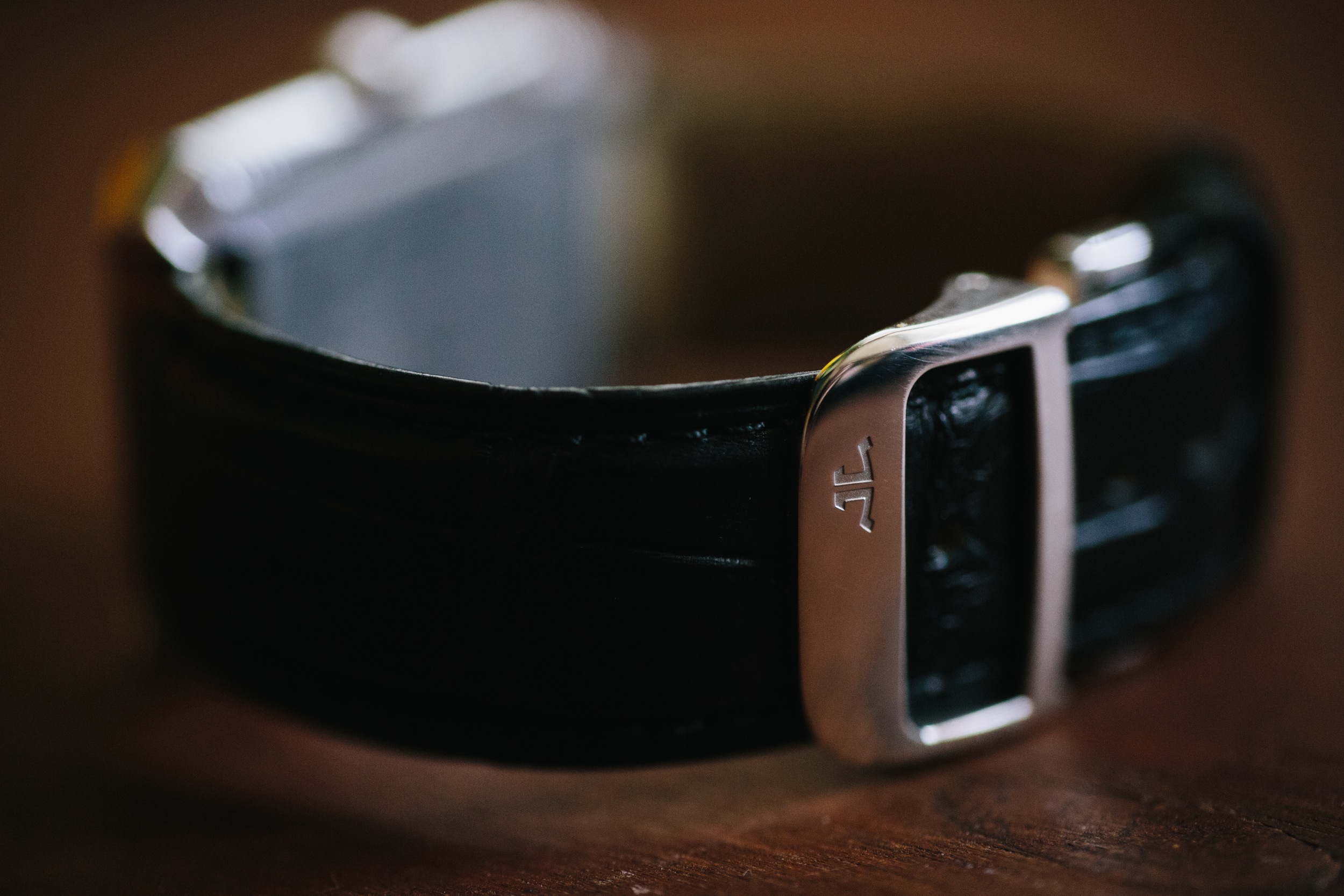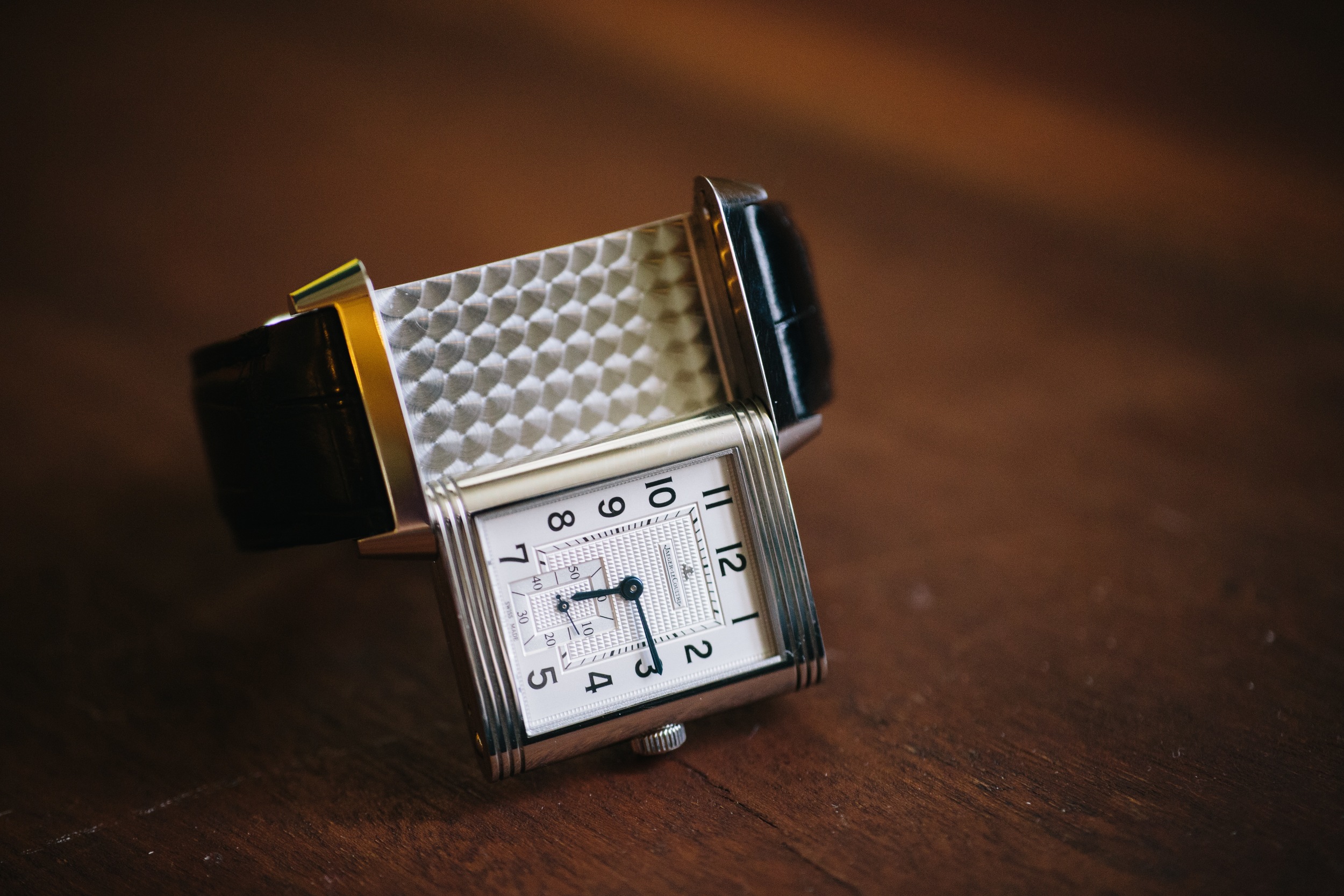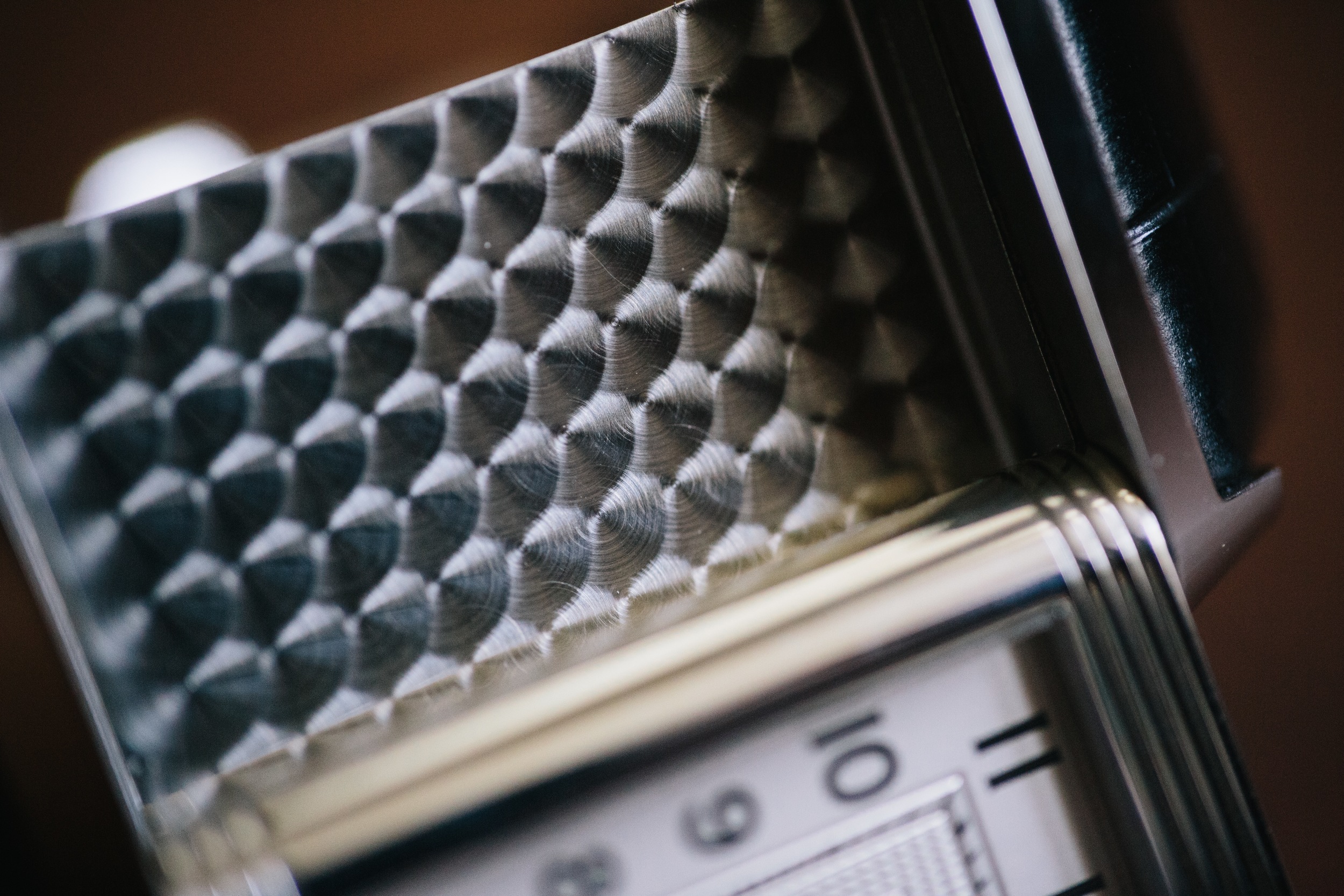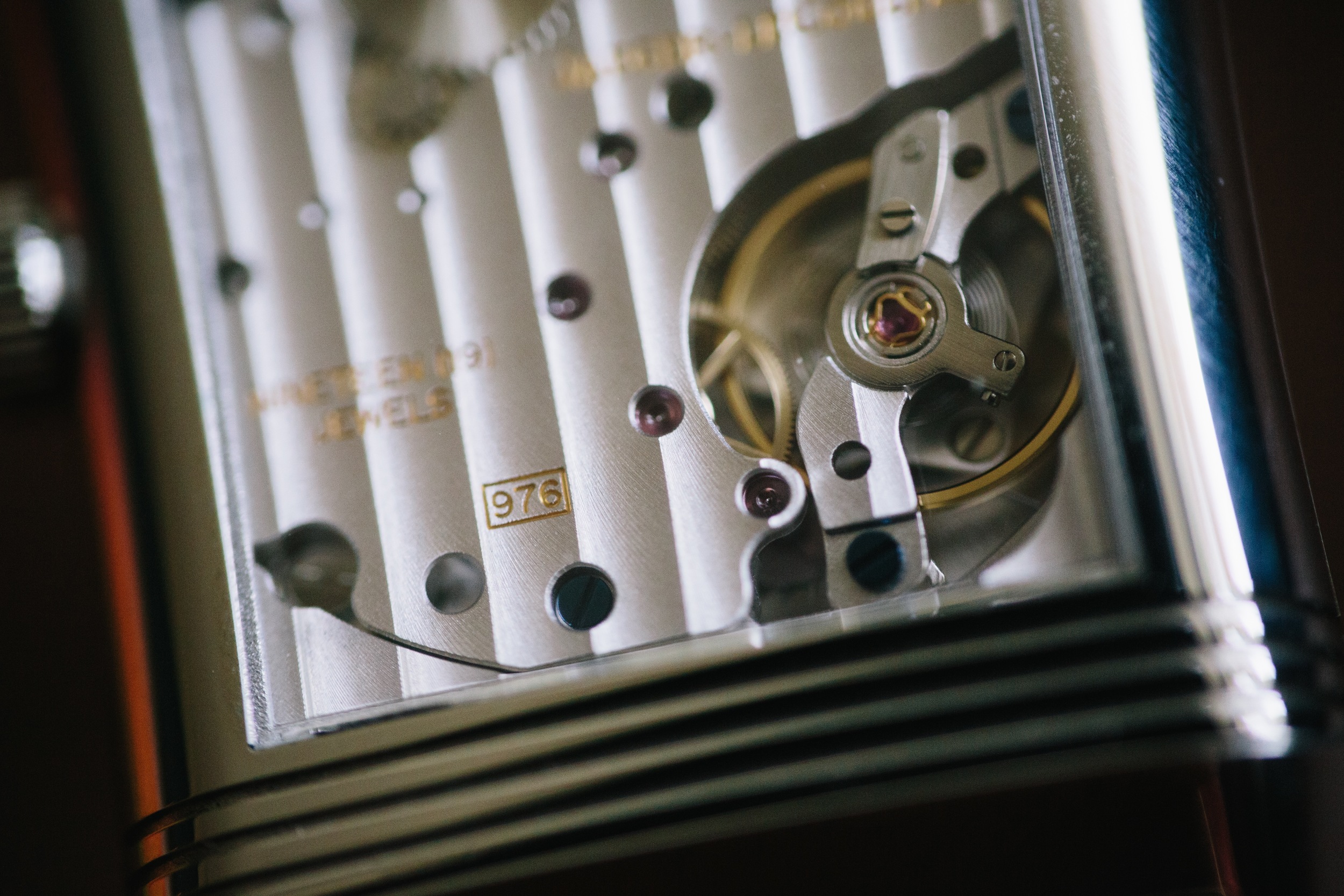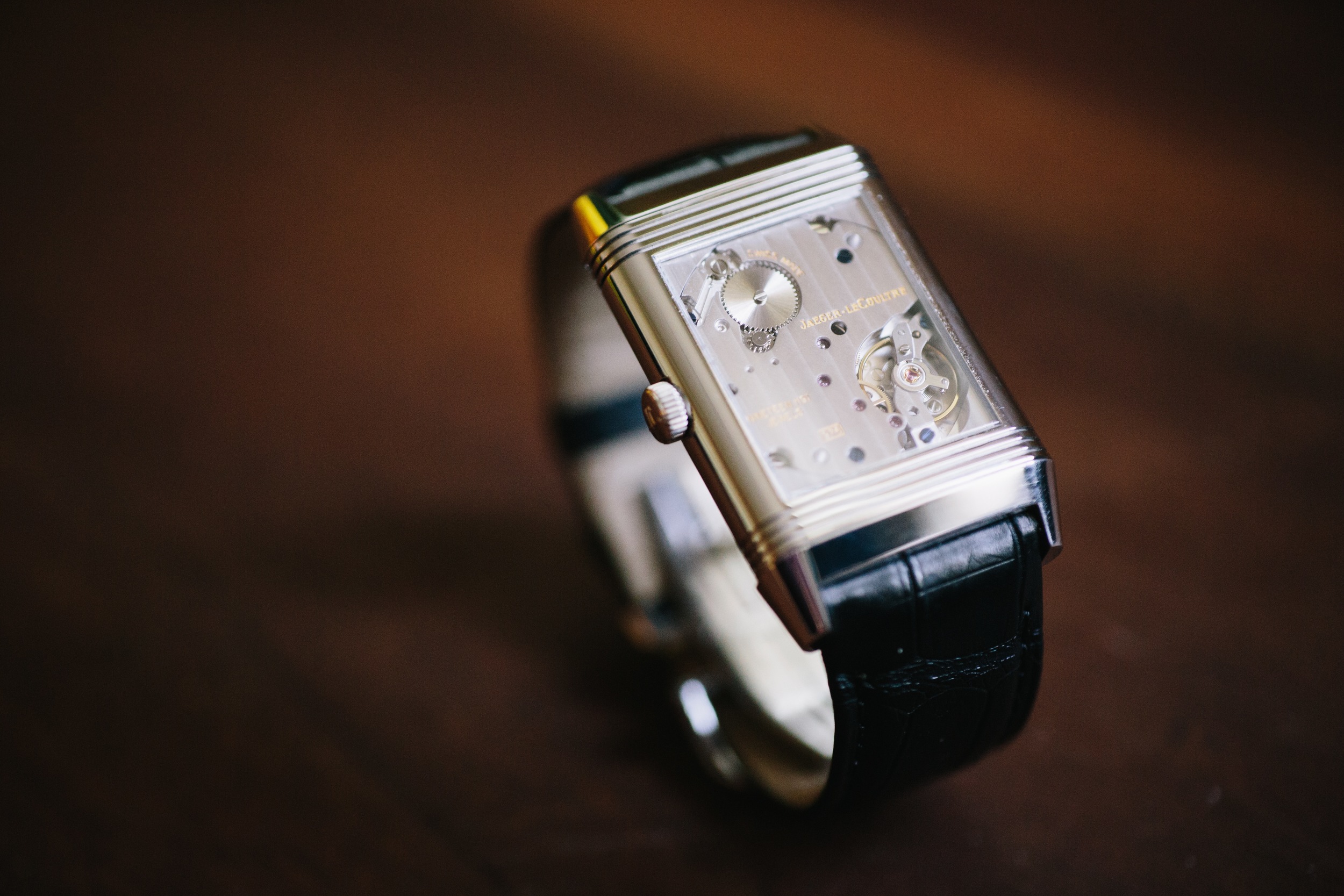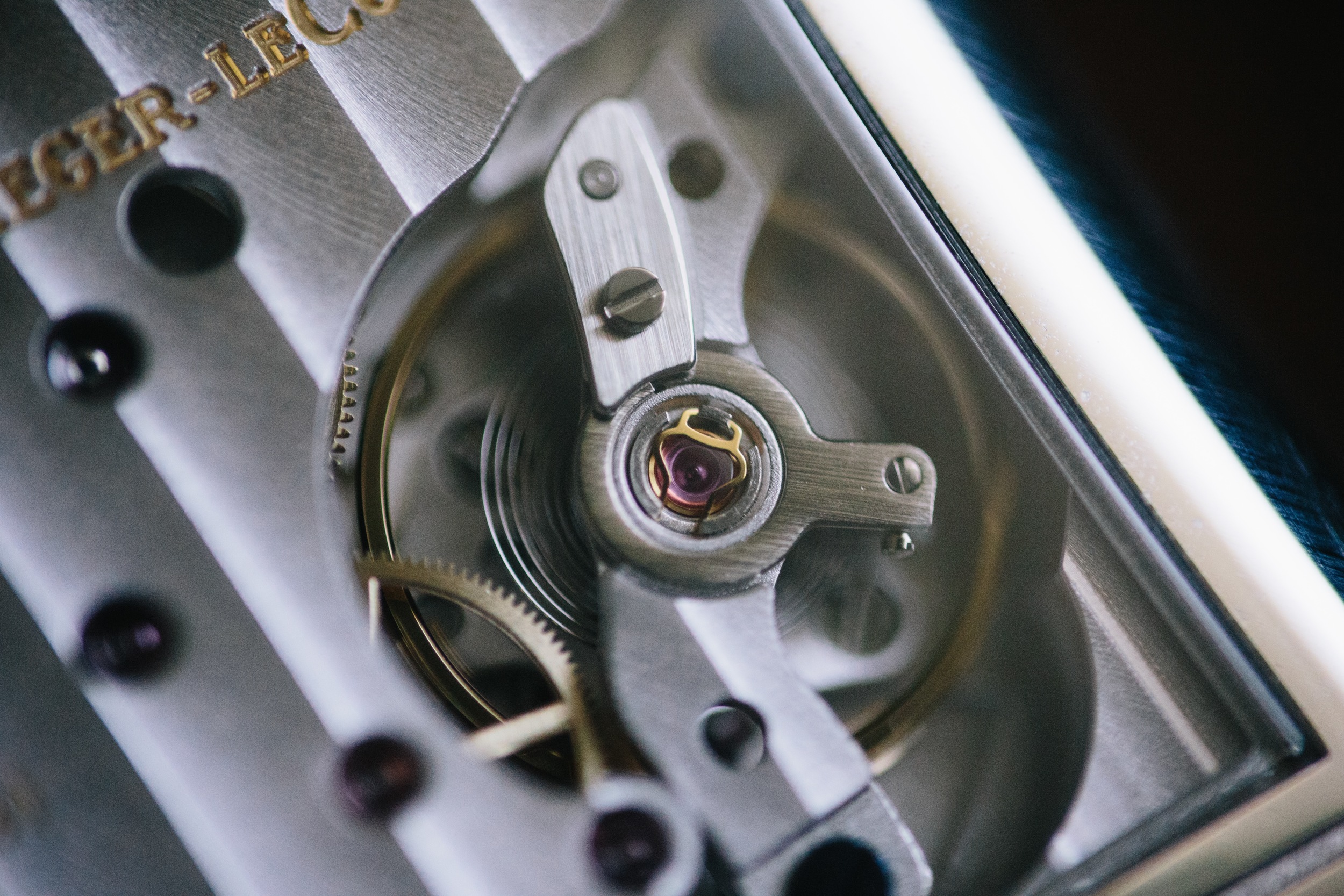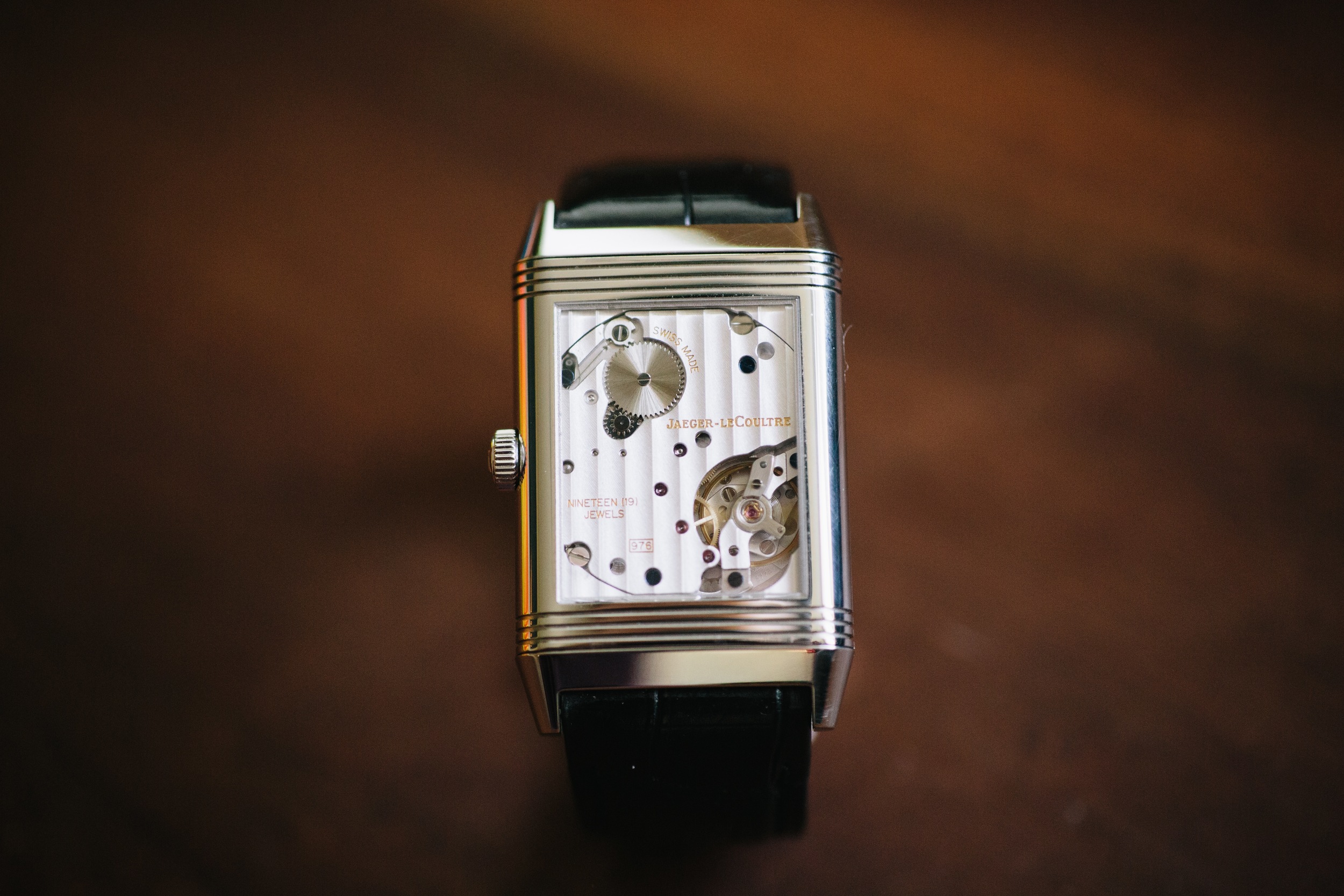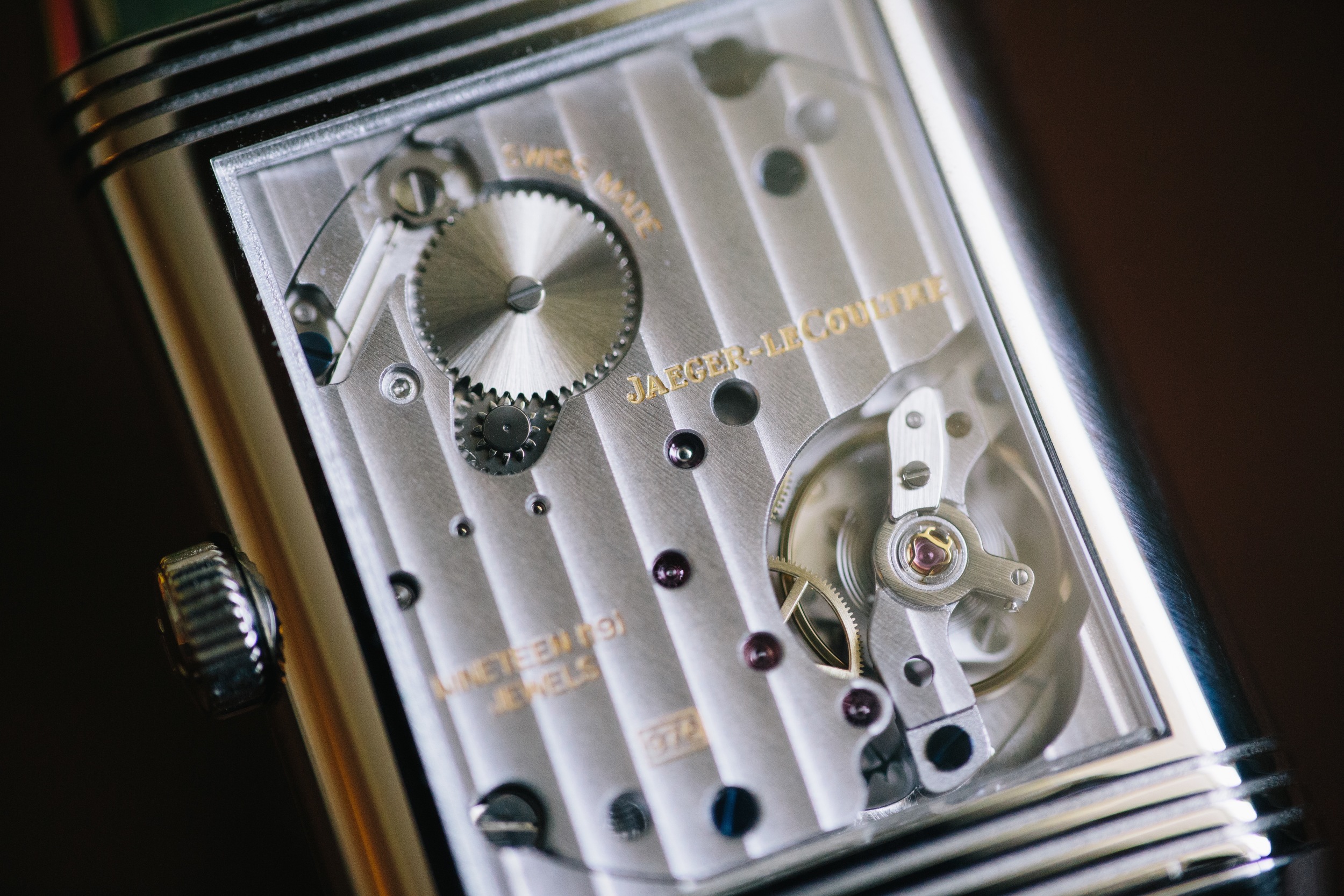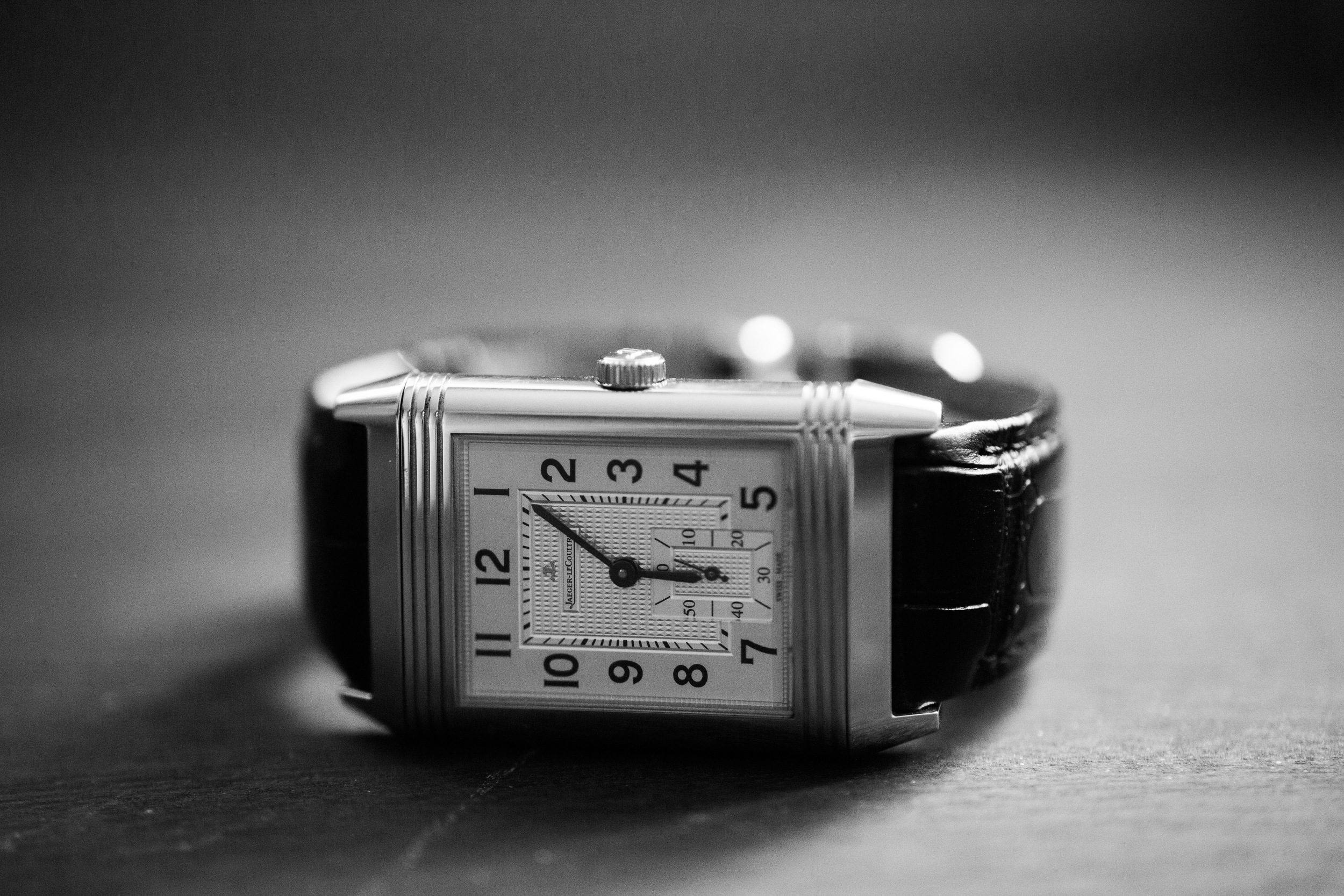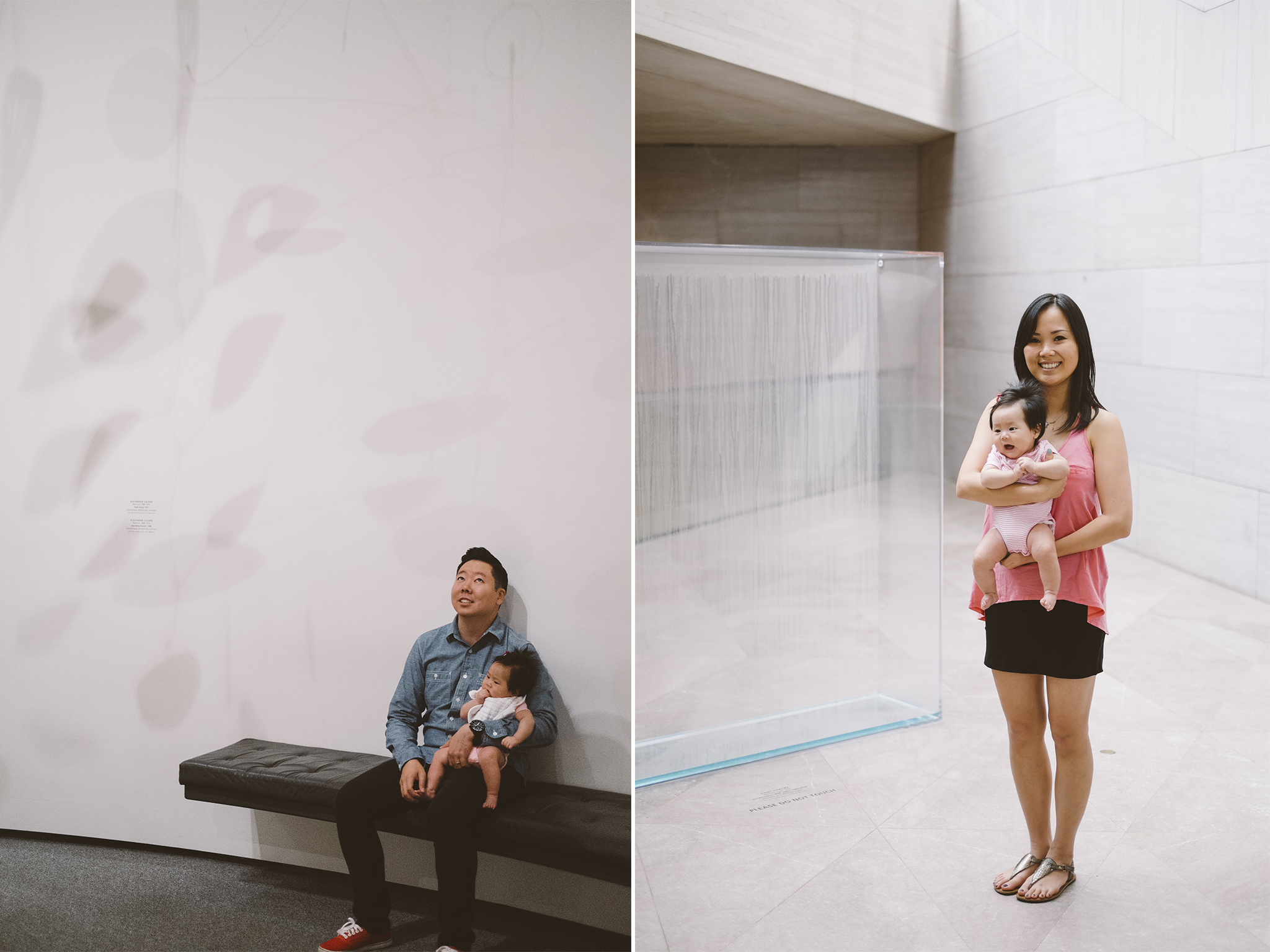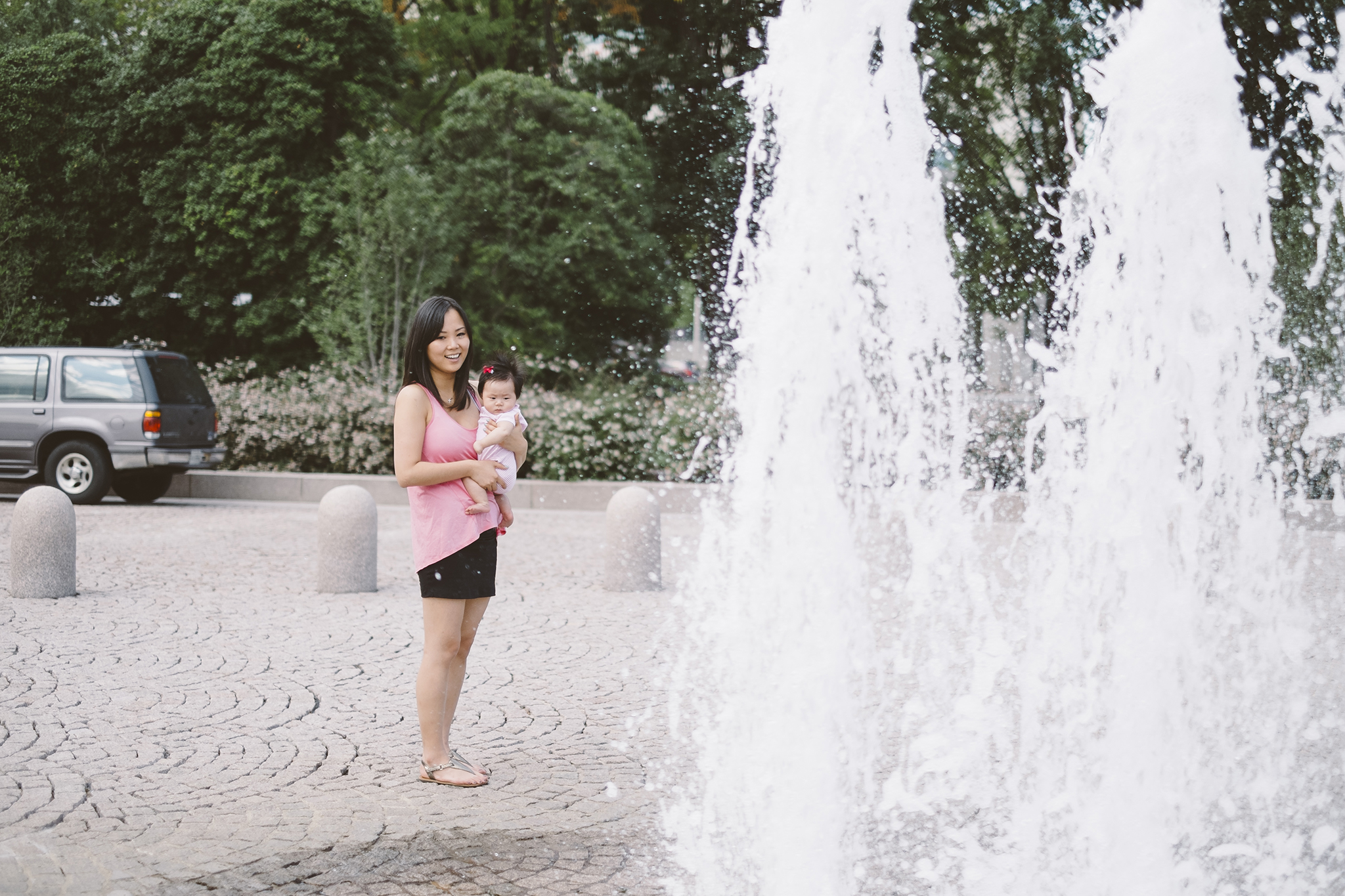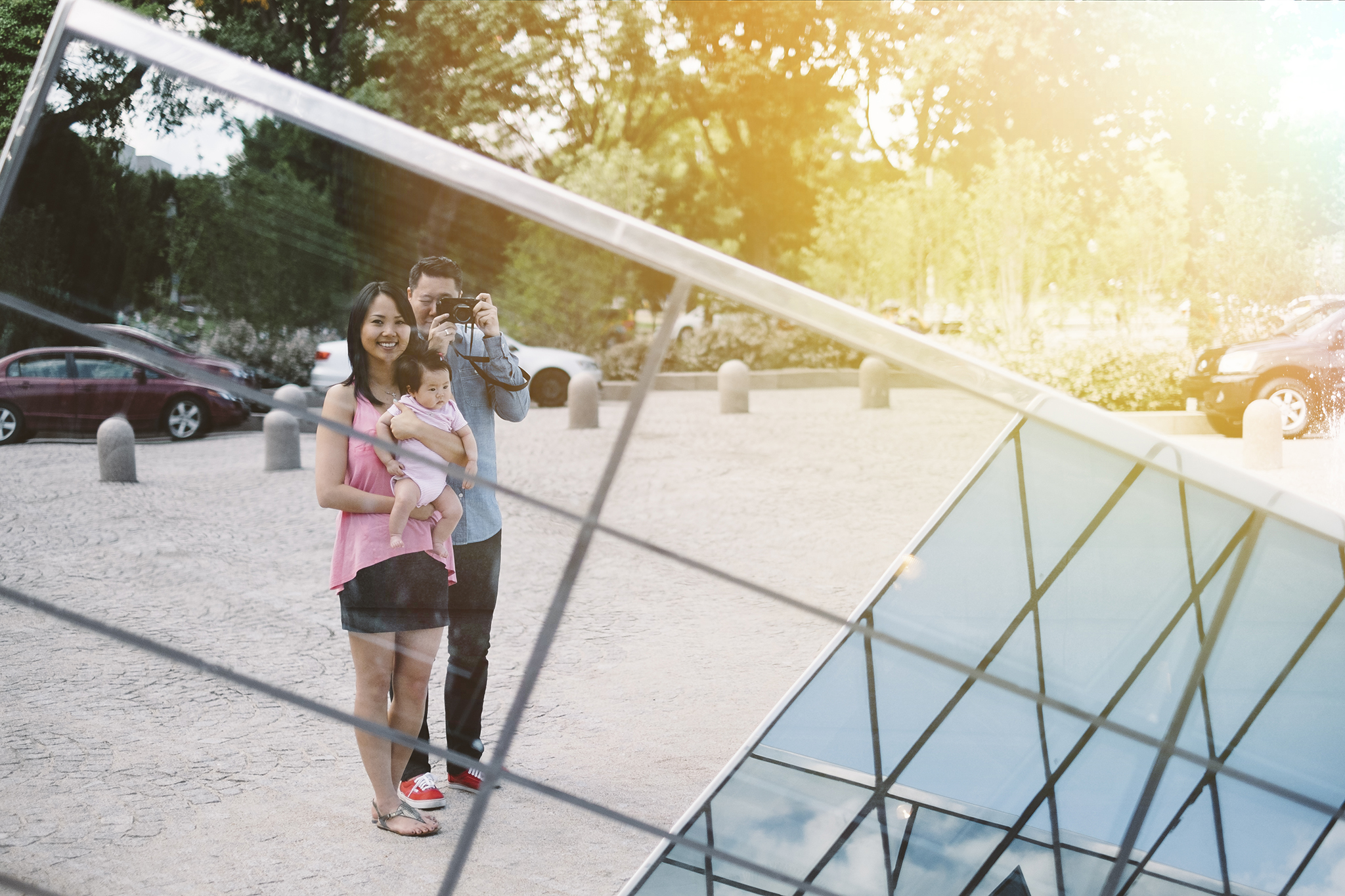Today I want to share with you guys one of my favorite watches. It's a watch that I always wanted to own from the time when I was just learning more about horology and gaining interest in watches as a whole. The JLC Reverso's history is probably one of the most interesting that I have ever read. The watch was designed in the 1931 originally as a sports watch for polo players at the time that needed a more robust watch that could take an impact without breaking. That's why JLC made a watch that could have a case that reversed to a solid stainless steel back during polo play and then be reversed back to the watch face once you were done playing. The reference that I own is a modern take on the original Reverso hence the increased grande size to the inclusion of a sapphire exhibition display back. Beyond the interesting history, there are many things that made me adore the Reverso and they are all rooted in it's unique design queues. As a photographer and engineer the Golden Ratio based on the Fibonacci Sequence has always interested me. The Golden Ratio exists not online in nature but also in some of the world's most famous art work like the Mona-Risa by Leonardo Da Vinci. It's said to have magical properties and that when something is design with the Golden Ratio in mind that it will be pleasing to look at. So it's interesting to know that the JLC Reverso's length and width of the rectangular case and even the small running seconds sub-dial is all based off the Golden Ratio. Maybe that's why I feel like this watch's design is so timeless. I also love the art deco queues that come from the 1930's period that still remain in the design of the watch even today. There's so many more smaller details about the watch I could talk about from the beautiful circular graining on the carriage of the case to the stain brushed dial or maybe even the blue hour and minutes hands but I have to say it's the beauty of the in-house 976 movement that has me mesmerized and checking the exhibition back every time I wear this watch. What else can I say other than this watch is truly one of the all time greats! You rarely will find a watch or anything with this level of timeless design. This is definitely a piece i'll keep in my collection until i'm ready to hopefully pass it on to one of my daughters one day.
Review
VENUS 60mm f/2.8 Ultra-Macro Lens
I have always been hesitant on spending too much on a macro lens. It just didn’t make sense to invest a whole lot of money on a lens that I really only use for one shot and that’s a ring shot. Since the very first year of shooting weddings I have used Canon’s cheapest “macro” lens the EF 50mm f/2.5 macro. I put the quotes there since there are some out there that wouldn’t even consider this a true macro lens since it doesn’t even hit 1:1 without an adapter but for me it’s been a truly solid lens in my line up of lenses that I use at every wedding.
With all that said, in 2015 ring shots are going to the next level. I have been following the release of the Chinese made VENUS 60mm f/2.8 Ultra-Macro Lens and finally had to chance to test it today. Let me tell you, I have already fallen in love with this lens. From the really great build quality to the $370 dollar price tag this lens was made for me. The lens is super sharp and has full manual controls for both aperture and focus. This beast has a 2:1 macro ratio and I felt like I was looking through a microscope at 2:1. I’m likely to mostly use this lens between 1.5:1 and 1:1 ratios as I felt that 2:1 was just too much detail and just too close. I could see the small streaks of oil left behind by my finger prints when trying to capture a 2:1 macro image. See for yourself the comparison shot i have posted below of my wife’s David Yurman ring. This picture below was taken with the VENUS lens at 1.5:1 ratio.
For comparison the picture below is the largest ratio I could achieve with my old 50mm Canon lens. Can’t wait to shoot some rings in 2015!
Fujifilm X-Pro 1 Field Test.
This weekend was the first opportunity i had to take out and field test the Fujifilm X-Pro 1 i got not too long ago with hopes in transitioning to this camera as my family and travel camera so i didn’t have to carry my 5D with me everywhere. Since Chloe had never been to the National Gallery of Art and we always wanted to see how she would react to the light bridge and the artwork in the museum we decided to go there for the field test. When i shoot with my 5D i’m always using full manual mode and i have been shooting like that for years. It definitely require more thought but the control is what i like about using full manual mode. The X-Pro 1 wasn’t intended to be shot in full manual mode so that was the first thing i had to get use to. I guess it’s nice to only have to think about composition and nothing else. The OVF, although great to have because it gives that immediate visual of what you are shooting, i still found myself switching to the EVF before actually releasing the shutter because i wanted to make sure the focus was set on the correct subject and that i was getting exactly the composition that i wanted. I found the low light performance pretty good for a compact camera but because the 5D performs so well in low light i’m a little spoiled when it comes to that standard. I think the Fujifilm RAW files generally have a little more grain then the Canon RAW files which is not a bad thing in my opinion and just gives that final exposure that extra bit of character. However, i found that when the ISO got up to 3200 or higher the grain level was a little too much for my tastes. Generally, the biggest complaint i keep reading about this camera is the slowness of the AF but i think the most recent firmware did a good job fixing that issue and i didn’t find it difficult to get proper focus. This was only the first time i got a chance to shoot with it but i’m actually enjoying using the camera and pretty pleased with the image quality so far.

